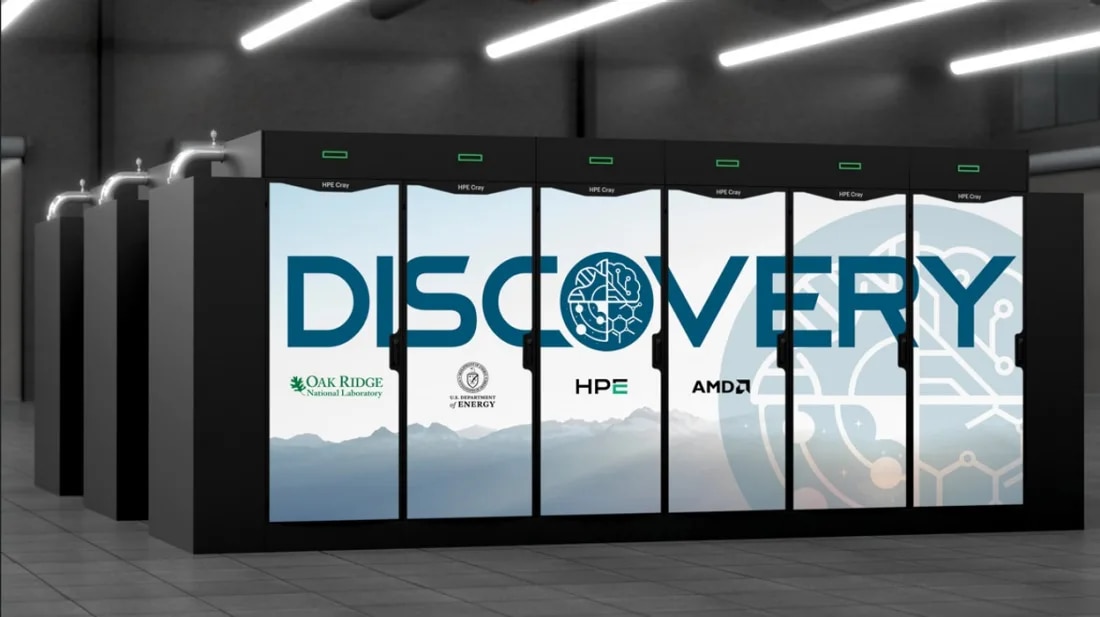
(Image Credit: HPE)
AMD and the DoE collaborated on a $1 billion investment to build two next-gen supercomputers at Oak Ridge National Laboratory, pushing the boundaries of AI and high-performance computing (HPC). The systems, called Lux AI and Discovery, advance energy research, scientific discovery, and national security innovation, while supporting the U.S. AI Action Plan to accelerate domestic AI infrastructure and competitiveness. With this partnership, AMD, industry partners, government agencies, and the ORNL will help researchers and innovators tackle challenges in energy, medicine, materials science, and advanced manufacturing.
“We are proud and honored to partner with the Department of Energy and Oak Ridge National Laboratory to accelerate America’s foundation for science and innovation,” said Dr. Lisa Su, chair and CEO, AMD. “Discovery and Lux will leverage AMD’s high-performance and AI computing technologies to advance the most critical U.S. research priorities in science, energy, and medicine – demonstrating the power of public-private partnership at their best.”
Lux AI is scheduled for a 2026 launch as the first U.S AI Factory supercomputer designed for science, energy, and national security. Developed by AMD, ORNL, Oracle Cloud Infrastructure (OCI), and HPE, Lux AI will feature AMD Instinct MI355X GPUs, AMD EPYC CPUs, and AMD Pensando networking, delivering high performance for AI and data-intensive workloads. The system will train and deploy new AI models to improve energy efficiency, reshape modern medicine, and discover new materials. It expects to deliver three times the AI capacity of modern supercomputers.
By 2028, Discovery will be delivered to Oak Ridge, with installation, testing, and full operational use to follow. Once deployed, it will also become one of the most advanced HPC systems. Discovery features the AMD EPYC Venice CPUs and AMD Instinct MI430X GPUs, part of AMD's new MI400 series for large-scale simulation and AI, essential for supercomputing.
Thanks to the system's Bandwidth Everywhere design, applications can run faster and more efficiently, allowing researchers to run complex system simulations and develop breakthroughs in materials, energy, biology, and national security. Discovery expects to deliver greater AI capability, improved energy efficiency, and higher performance, enabling scientists to design next-gen batteries, reactors, semiconductors, and sustainable materials.
“The Discovery system will drive scientific innovation faster and farther than ever before,” said ORNL Director Stephen Streiffer. “ORNL’s leadership in supercomputing has dramatically shortened researchers’ time from problem to solution across a host of fields and industries. With Discovery, the integration of high-performance computing and AI promises breakthroughs at the accelerated speed and scale necessary for continued U.S. leadership in an increasingly competitive global environment.”
Have a story tip? Message me here at element14.
